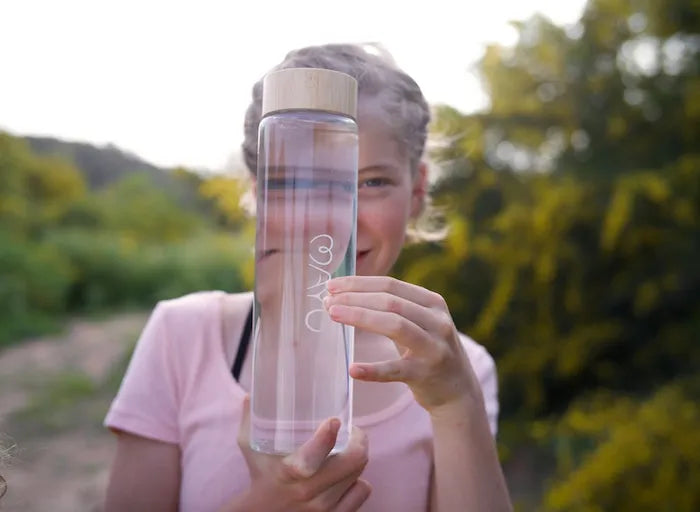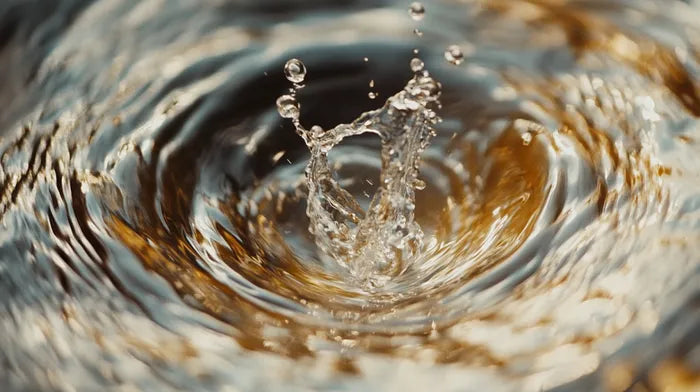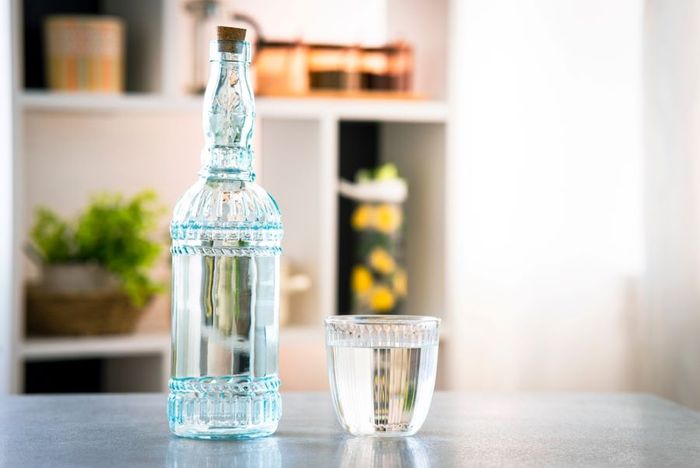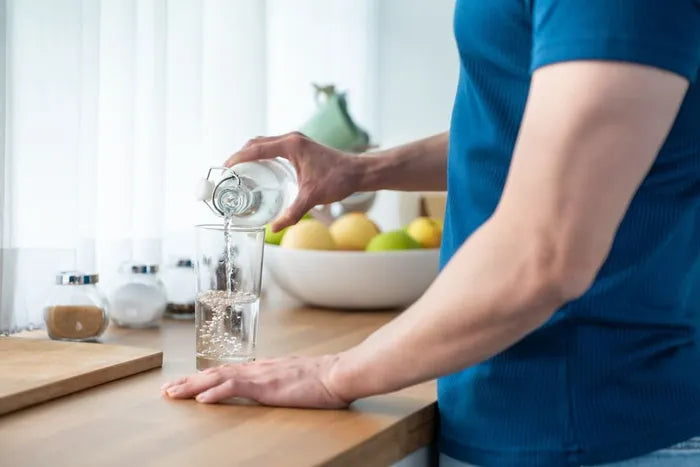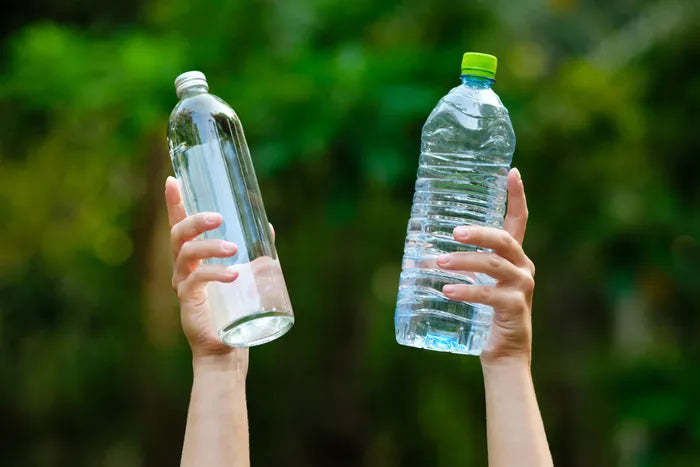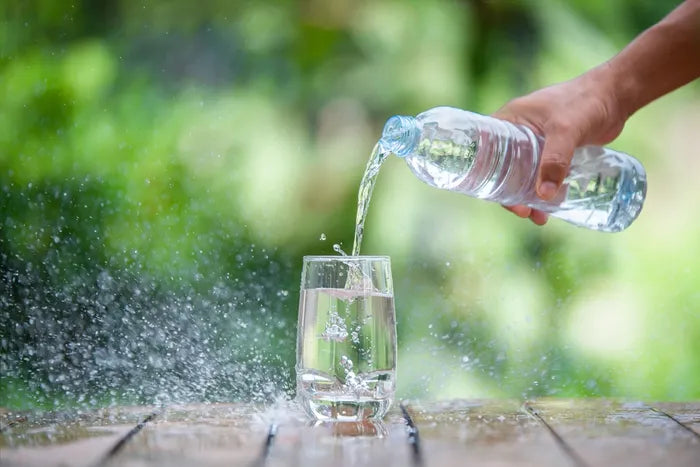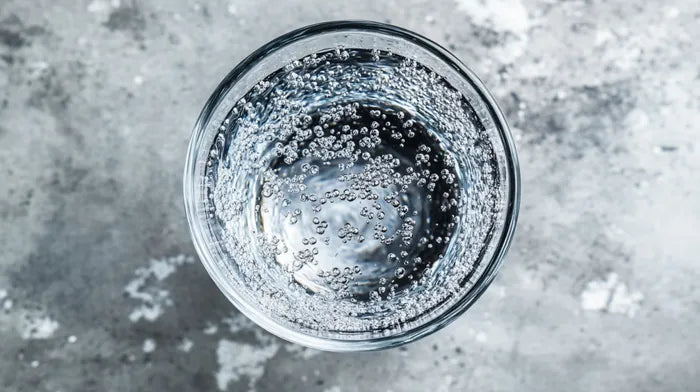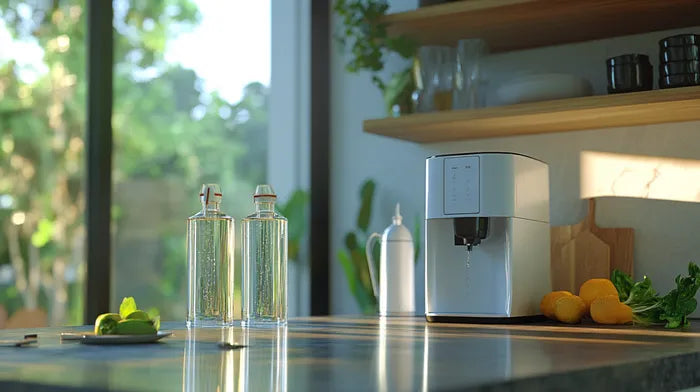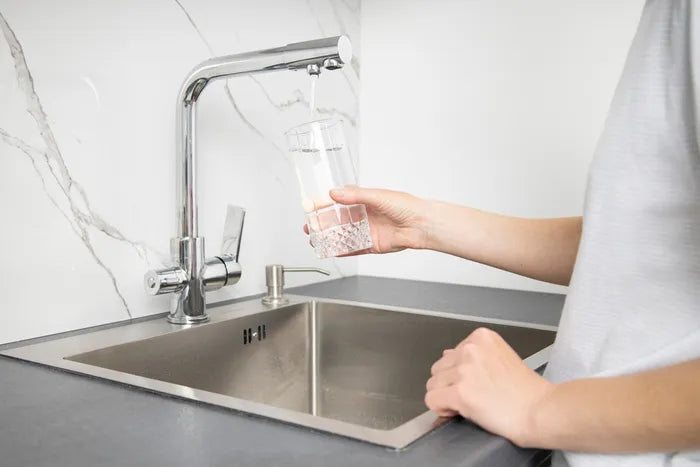Does Distilling Water Remove PFAS? The Definitive Answer
Distillation can remove most PFAS—especially long-chain types—but it's not foolproof. Some short-chain PFAS can sneak through with steam. If you’re relying on a home water distiller, pair it with a carbon filter and avoid high-pressure systems.
Published June 5, 2025

PFAS contamination lurks in drinking water across America [1]. At least 45% of the nation’s tap water is estimated to have one or more types of PFAS, according to a new study by the U.S. Geological Survey.
Your tap water could be slowly poisoning you and your family. Distillation is one of the methods that's proven to be quite effective for filtering out contaminants, but can it help you with PFAS?
PFAS aren't like regular contaminants. Some of these chemicals can actually vaporize with steam, slipping right through your distillation system. That "pure" distilled water might still contain the very toxins you're trying to avoid.
The truth about distillation and PFAS removal isn't black and white, but it's not hopeless either. With the right knowledge and equipment choices, you can effectively remove most PFAS from your drinking water.
What Are PFAS and Why Should You Care?
Per- and polyfluoroalkyl substances (PFAS) are man-made chemicals used in manufacturing since the 1940s [3]. You'll find them in everything from non-stick cookware to firefighting foam to stain-resistant carpets.
PFAS earn the nickname "forever chemicals" because they contain carbon-fluorine bonds, one of the strongest chemical connections in nature. Once these chemicals enter your water supply, they don't break down. They accumulate in your body and can stay there for years.
How PFAS Contaminate Your Water
PFAS enter water supplies through three main routes:
- Industrial discharge is the biggest culprit. As regulations on PFAS in drinking water tighten around the world, factories still release wastewater with PFAS due to insufficient treatment systems.
- Air pollution from manufacturing plants allows PFAS to settle into soil and groundwater over time.
- Landfill leaching occurs when non-degradable chemicals seep from waste sites into groundwater, eventually reaching rivers and municipal water systems.
How Water Distillation Works
Water distillation follows a straightforward five-step process:
Step 1: Heating and Evaporation
Water heats to a boiling point (100°C or 212°F) in a container. The boiling process kills bacteria and viruses while leaving behind dissolved minerals, salts, and contaminants with higher boiling points than water.
Step 2: Steam Collection
Pure water vapor rises and moves through a condenser system. Only water molecules become steam, while impurities remain in the original container due to different physical properties.
Step 3: Cooling and Condensation
The water vapor enters a condenser, typically a coiled tube surrounded by cold water or air. Temperature change causes steam to cool rapidly and return to liquid form.
Step 4: Collection
The condensed water drips into a clean container. This distilled water is now free from most dissolved solids, minerals, and biological contaminants.
Step 5: Waste Separation
The remaining liquid in the heating container contains concentrated impurities that didn't evaporate. This wastewater gets discarded.
Does Distilling Water Remove PFAS?
Most PFAS compounds have boiling points much higher than water. The boiling points of PFAS are incredibly high compared to the boiling point of water (100 degrees Celsius, or 212 degrees Fahrenheit at sea level) [2]. The PFAS will be left behind in the water distiller's boiling tank.
But here's where it gets complicated.
- Long-Chain PFAS, like perfluorooctanoic acid (PFOA), are extremely stable even at high temperatures [4]. These typically stay in the source water during distillation, achieving removal rates over 99%.
- Short-Chain PFAS are more volatile and may vaporize with the steam, meaning some PFAS can end up in your distilled water [5].
Distillation Factors That Affect PFAS Removal
Several conditions influence how well distillation removes PFAS:
- Temperature. Standard home distillers operate at 100°C, which effectively leaves most PFAS in the boiling chamber. Pressurized distillers that reach higher temperatures can cause more PFAS to vaporize and contaminate the distilled water.
- Duration and Maintenance play crucial roles. PFAS residues accumulate in the boiling chamber with extended use. Regular cleaning prevents cross-contamination.
- Equipment Type determines effectiveness. Standard atmospheric pressure distillers perform better than pressurized systems for PFAS removal.
What to Look for in a Home Water Distiller
If you're shopping for a distiller to reduce PFAS exposure, focus on these features:
- Standard Boiling Temperature: Choose units that boil at 100°C, not under pressure. Higher temperatures can reduce PFAS removal effectiveness.
- Activated Carbon Post-Filters: These capture any volatile or short-chain PFAS that might end up in the distilled water.
- Stainless Steel and Glass Construction: Avoid plastic components that could leach PFAS and microplastics into your pure water. Look for stainless steel boiling chambers and glass collection containers.
- Easy Cleaning Design: Regular filter maintenance prevents PFAS buildup in the boiling chamber.
- Independent Lab Testing: Find distillers with third-party PFAS removal verification, as no home distillers currently carry NSF certification for PFAS removal.
Store-Bought Distilled Water: Is It PFAS-Free?
Studies show commercial bottled water typically contains low to non-detectable PFAS levels [6]. But the presence of PFAS isn't guaranteed to be zero unless the product has been tested and labeled.
There's no mandatory federal testing for PFAS in bottled distilled water. Choose brands that voluntarily test for PFAS and follow stringent quality standards to reduce your exposure risk.
Home vs. Industrial Distillers: What's the Difference?
Home water distillers compare favorably to industrial systems for PFAS removal, with some key differences:
- Temperature Control: Home units typically operate at water's boiling point (100°C), while industrial systems can reach 200°C or higher. The lower temperature in home units benefits PFAS removal.
- Volume Capacity: Home distillers produce up to 1.5 gallons daily, while industrial units can process over 26 gallons per hour.
- Additional Filtration: Not all home distillers include post-treatment filters like activated carbon, which can capture volatile PFAS that might carry over with steam.
Distillation vs. Other Methods for PFAS Removal
| Method | Effective For | How It Works | PFAS Removal Strength | Best Use Case |
|---|---|---|---|---|
| Reverse Osmosis | Long- and short-chain PFAS | Forces water through semi-permeable membranes | Removes over 90% of most PFAS compounds | Most reliable standalone solution |
| Granular Activated Carbon | Mostly long-chain PFAS | Binds PFAS to carbon surfaces based on water solubility | Can reach 100% effectiveness for long-chain PFAS temporarily | Best when targeting long-chain PFAS only |
| Ion Exchange Resins | Long- and short-chain PFAS | Swaps PFAS anions in water with safer anions on the resin | High removal rates across a wide range of PFAS | Effective for broad-spectrum PFAS filtration |
| Distillation | Mostly long-chain PFAS | Boils water, leaving most contaminants behind; some volatile PFAS may carry over | Effective when combined with activated carbon filtration | Good for home use with proper filtration add-ons |
Is Distillation Trustworthy for PFAS Removal?
Distillation removes over 99% of long-chain PFAS but struggles with more volatile short-chain types, which can carry over in the steam. To be effective, it requires a 100°C unit with a carbon post-filter.
You should avoid high-pressure systems. While reverse osmosis is more thorough than distilled water, properly used distillation still offers a strong, accessible way to cut PFAS from drinking water.
Once you've removed PFAS and other contaminants through distillation, your water lacks the essential minerals your body needs. Distilled water acts as a powerful solvent that can actually leach minerals from your body.
The MAYU Essential Minerals Blend addresses this issue perfectly. The Essential Blend is perfect for daily use, especially with distilled or demineralized bottled water, as it restores those vital minerals stripped away during the filtration.
References:
- R. Levin et al., “US drinking water quality: exposure risk profiles for seven legacy and emerging contaminants,” Journal of Exposure Science & Environmental Epidemiology, vol. 34, no. 1, pp. 3–22, Sep. 2023, doi: 10.1038/s41370-023-00597-z. Available: https://www.nature.com/articles/s41370-023-00597-z
- H. Mahoney, Y. Xie, M. Brinkmann, and J. P. Giesy, “Next generation per- and poly-fluoroalkyl substances: Status and trends, aquatic toxicity, and risk assessment,” Eco-Environment & Health, vol. 1, no. 2, pp. 117–131, Jun. 2022, doi: 10.1016/j.eehl.2022.05.002. Available: https://pmc.ncbi.nlm.nih.gov/articles/PMC10702929/
- S. E. Fenton et al., “Per‐ and Polyfluoroalkyl Substance Toxicity and Human Health Review: Current State of Knowledge and Strategies for Informing Future Research,” Environmental Toxicology and Chemistry, vol. 40, no. 3, pp. 606–630, Oct. 2020, doi: 10.1002/etc.4890. Available: https://pmc.ncbi.nlm.nih.gov/articles/PMC7906952/
- “Perfluorooctanoic acid - American Chemical Society,” American Chemical Society. Available: https://www.acs.org/molecule-of-the-week/archive/p/perfluorooctanoic-acid.html
- S. C. E. Leung, D. Wanninayake, D. Chen, N.-T. Nguyen, and Q. Li, “Physicochemical properties and interactions of perfluoroalkyl substances (PFAS) - Challenges and opportunities in sensing and remediation,” The Science of the Total Environment, vol. 905, p. 166764, Sep. 2023, doi: 10.1016/j.scitotenv.2023.166764. Available: https://pubmed.ncbi.nlm.nih.gov/37660805/
- S. J. Chow, N. Ojeda, J. G. Jacangelo, and K. J. Schwab, “Detection of ultrashort-chain and other per- and polyfluoroalkyl substances (PFAS) in U.S. bottled water,” Water Research, vol. 201, p. 117292, May 2021, doi: 10.1016/j.watres.2021.117292. Available: https://pubmed.ncbi.nlm.nih.gov/34118648/
Disclaimer: The information published by MAYU Water is not a substitute for the expert knowledge, advice, and recommendations of trained professionals. We strongly recommend consulting with industry experts and primary or scientific sources before making any health, research-related, or other important decisions.
Do PFAS absorb through skin?
Most PFAS do not easily absorb through the skin. The primary risk comes from ingestion, not skin contact. Showering or washing hands in PFAS-contaminated water is considered low risk according to the CDC and EPA.
Is distilled water good for the kidneys?
Yes, distilled water is safe for healthy kidneys. It contains no minerals or contaminants, making it gentle on the body.
But, people with kidney issues or those on restricted diets should consult a doctor, as long-term use may require mineral supplementation.
Will bacteria grow in distilled water?
Yes, bacteria can grow in distilled water once it's exposed to air or stored in a non-sterile container. While distilled water starts out pure, it's not immune to contamination. Always store it in a clean, sealed container and use it within a reasonable time.
What products contain PFAS?
PFAS are found in many everyday products, including:
- Nonstick cookware (like Teflon)
- Water-resistant clothing and gear
- Stain-resistant carpets and furniture
- Fast-food wrappers and microwave popcorn bags
- Firefighting foam
- Some cosmetics and dental floss
They’re used for their water, grease, and heat resistance, but they don’t break down easily, which is why they’re a growing concern.
Does bottled water have PFAS?
Yes, bottled water can contain PFAS. Recent studies have found detectable levels of these "forever chemicals" in a significant number of bottled water brands. Consumer Reports tested 47 bottled waters and found that 43 of them contained detectable levels of PFAS.













